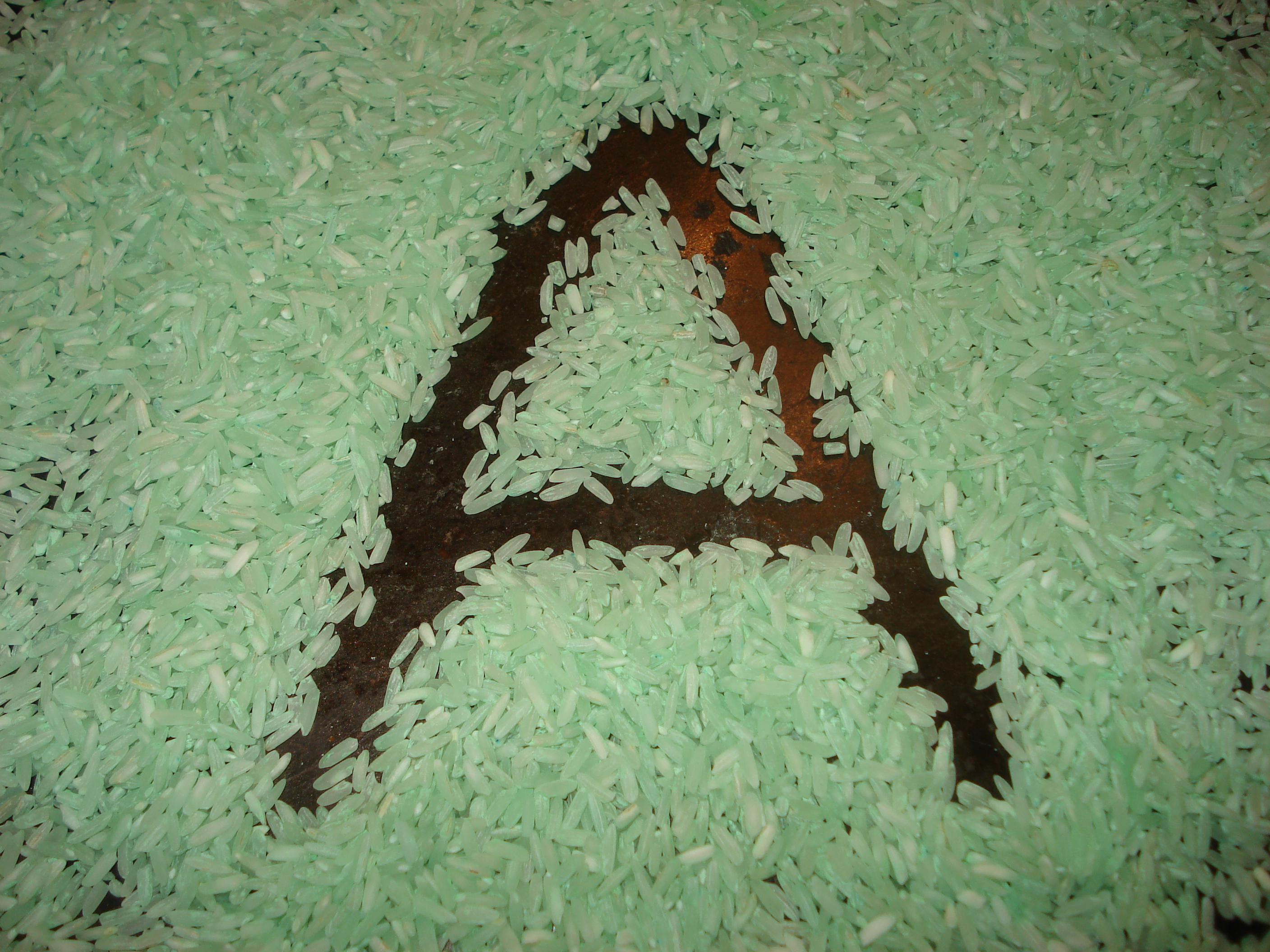Teaching Your Child Early Writing Skills
 "One of the best predictors of whether a child will function competently in school and go on to contribute actively in our increasingly literate society is the level to which the child progresses in reading and writing. Although reading and writing abilities continue to develop throughout the lifespan, the early childhood years—from birth through age eight—are the most important period for literacy development." -- The International Reading Association
"One of the best predictors of whether a child will function competently in school and go on to contribute actively in our increasingly literate society is the level to which the child progresses in reading and writing. Although reading and writing abilities continue to develop throughout the lifespan, the early childhood years—from birth through age eight—are the most important period for literacy development." -- The International Reading Association
As you can see from the above quote, writing skills are crucial for ensuring success in school and life. The good news is that activities that teach writing are things that kids love to do!
The first step to learning to write is strengthening finger and hand muscles. For ideas on how to do this, see this post.
Even while you are still working on hand strength, you can begin a progression of building writing skills in your child.
A great way to provide the following exercises is to make a travel activity book out of a spiral notebook. Take it with you wherever you go. Your preschooler can use it in the car, in waiting rooms, on trips, or even in the grocery cart.
Scribbling
Scribbling is a vital first step to learning to write. Give your child markers and paper from the time they are toddlers. Let her write on white boards and chalk boards. Just the act of making marks teaches her the beginnings of skills she will need.
Markers are a good starting writing implement because they write easily and make bold marks without needing much hand strength. As your child gets good at writing with markers, give her lots of tools to write with—pens, pencils, crayons, and chalk. Let her get a feel for what each of these is like.
When you make your travel activity book, leave lots of blank pages for scribbling.
Learning Control
Straight lines are a starting point for learning to control the pen. Use a highlighter to make a series of straight lines up and down a page. Show your child how to use a dark pen to draw over the highlighter. Then do a whole page of lines going across the page. Make a page of plus marks. Make a page of circles.
As your child becomes able to write on the lines you have made, you can start making more complex shapes for him to trace, like triangles or squares, letters, or numbers. Write his name and let him trace it.
More Advanced Skills
Drawing pictures helps a child grow in their ability to write as they form a picture in their mind and try to recreate it with a pencil. The "What's Missing?" game will help with this. Draw a picture. A house or face or stick person works well. Next to it, draw the same thing but with one detail missing (like an ear). Draw another picture with a different detail missing. Make a series of pictures of the same thing, with one or more items missing in each. Your child will try to draw in what's missing (or if they're very young, they'll just tell you what's missing). This trains your child to notice details, an important pre-reading skill. It also will help him learn to write.
The "Squiggle Game" is another drawing activity that develops control. You make a squiggle on a piece of paper. Your child adds to the squiggle to turn it into a picture of something. You may need to start out by showing them how you would do this, by turning the paper different ways, by asking questions about what the shape reminds them of, and by showing them an example of how you would do it.
Learning to Write Letters
We will address in another post how to teach your child to recognize letters. For now, we'll just focus on writing the letters.
Engage the senses when you are teaching letters. Make soft pretzels into the shapes of letters, and enjoy eating them. Roll play dough into snakes and then form the snakes into letters.
Make sandpaper letters. On an index card, draw the letter in glue, and then sprinkle sand over the glue. Shake off the excess. When it is dry, take your child's finger and help him trace the letter using the same strokes he will use to write it.
Draw letters in salt. Sprinkle salt on a cookie sheet. Shake it so it is uniform. Again, take your child's finger and help him draw a letter in the salt.
Finger paint in shaving cream. Put some shaving cream on a brightly colored tray or plate. Spread it around, and then help your child draw letters in the soap. Kids love finger painting in shaving cream.
Sometimes children don't want you to help them draw the letter. If they resist, tell them you will help them just one time, and then they can do it by themselves.
Practicing these skills actually wires your child's brain to be able to write correctly as they gain greater control and maturity. And it makes them feel very grown up to be learning to write! Remember to keep it fun, and stop before your child gets tired of each activity.
Related Posts
By accepting you will be accessing a service provided by a third-party external to https://mail.growthandgiggles.com/

